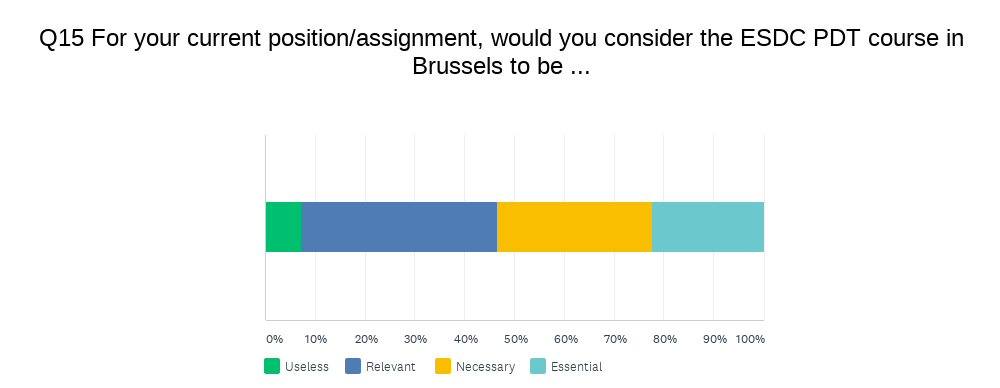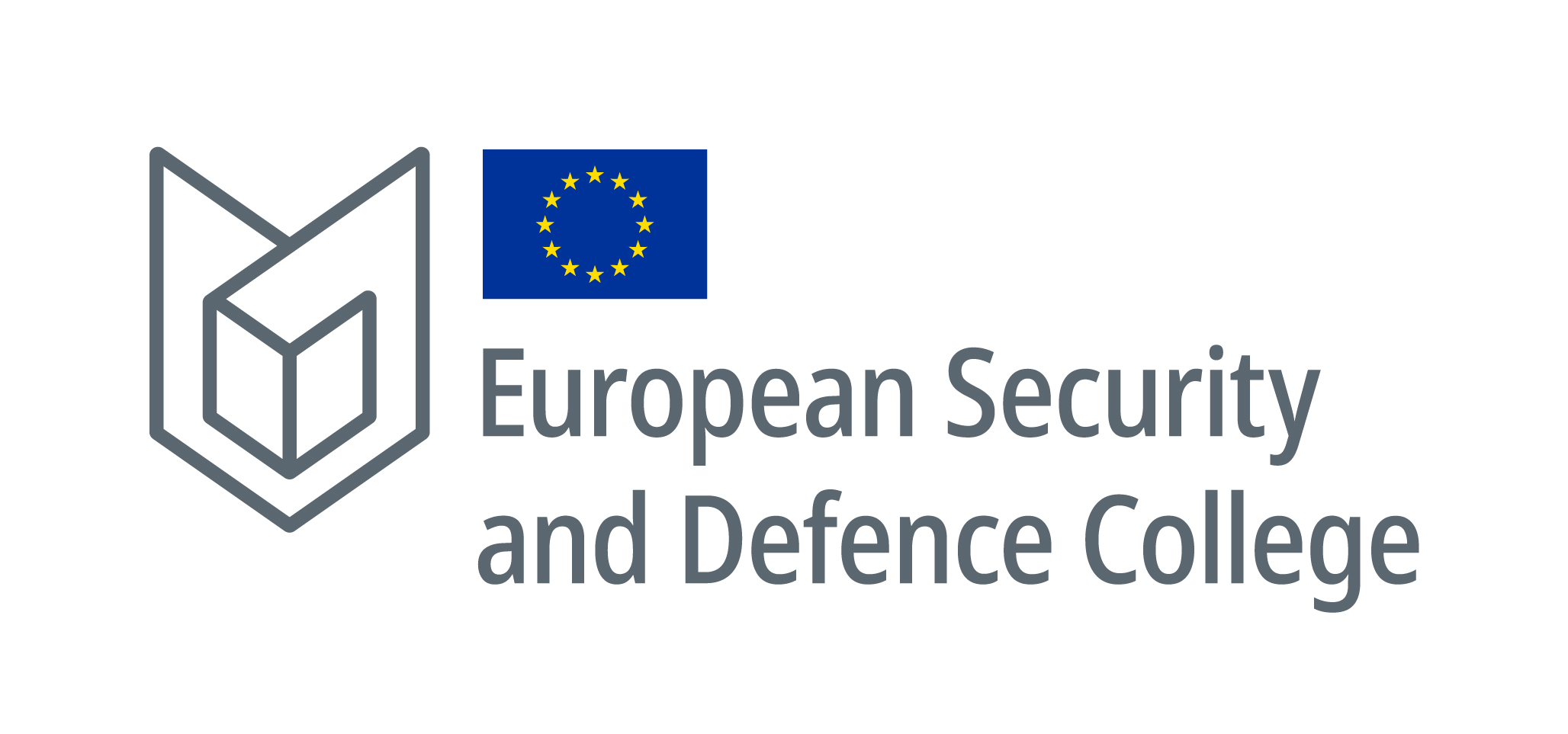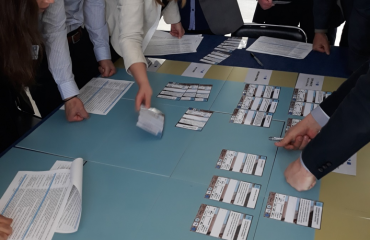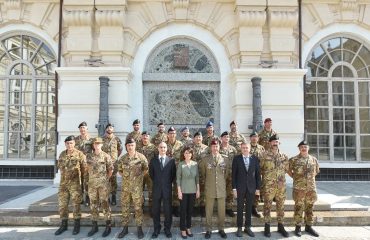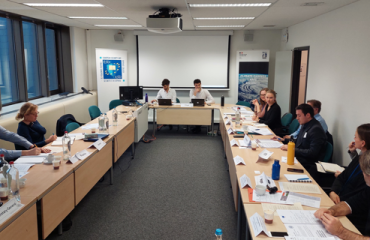Since the creation of the PDT course in 2015, 751 persons attended the ESDC Pre-Deployment Training as depicted in the chart below. Of those participants 530 deployed to civilian CSDP missions (blue), 125 to military operations (green) and 96 to other assignments such as EEAS headquarters and EU Delegations (yellow). 567 participants were seconded by Member States, 184 contracted directly by CPCC. Due to the effects of the corona virus ESDC was able to conduct only 7 out of the usual 9 iterations in the academic year 2019/20. Despite the reduced number of courses 222 persons were trained which represents an increase of 30% (64 participants) to the previous academic year and the biggest annual increase since its creation in 2015.90% of former course participants recommend this course to future mission staff 70% consider the course to be relevant and necessary and 25% think it is essential.
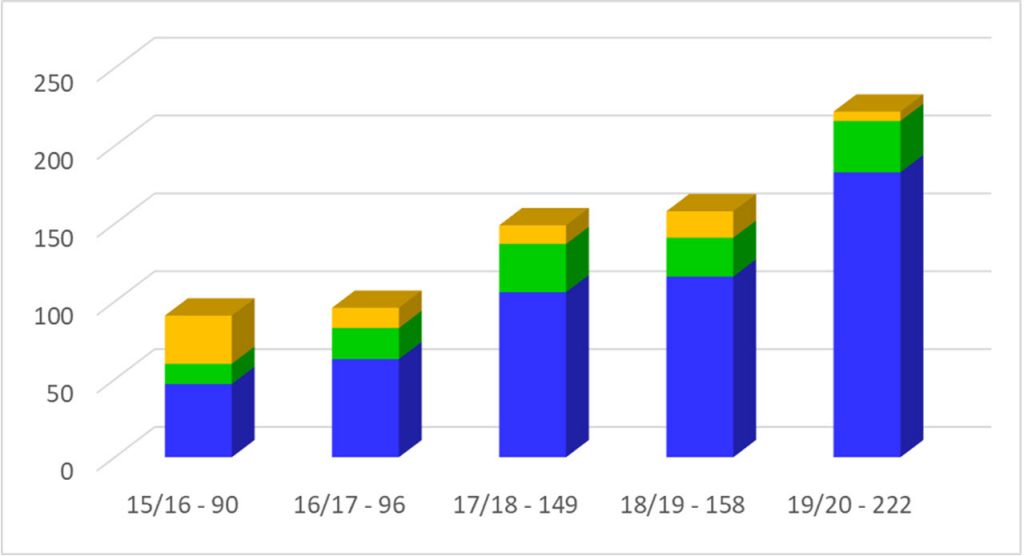 Two years after the last survey conducted in August 2018 ESDC decided to launch a second level 3 behaviour evaluation (Kirkpatrick model) addressed to all former participants having attended an ESDC PDT course between October 2018 and July 2020. The aim of this survey is to assess participants’ feedback and impressions in hindsight on the perceived relevance and value added of the PDT course.
184 out of 435 (43%) former course participants completed the survey. The respondents were spread over the two academic years by 40% to 60% reflecting the increase in the number of participants over time. 80% of respondents went to civilian CSDP missions, reflecting the composition of military and civilian representation (see chart below). 70% of respondents are/were still in mission when taking the survey. For 40% it is/was their first CSDP mission or operation.
80% of former course participants confirm that the PDT helped them for a swifter integration into mission life and for more qualified contributions to the implementation of the mandate.
Two years after the last survey conducted in August 2018 ESDC decided to launch a second level 3 behaviour evaluation (Kirkpatrick model) addressed to all former participants having attended an ESDC PDT course between October 2018 and July 2020. The aim of this survey is to assess participants’ feedback and impressions in hindsight on the perceived relevance and value added of the PDT course.
184 out of 435 (43%) former course participants completed the survey. The respondents were spread over the two academic years by 40% to 60% reflecting the increase in the number of participants over time. 80% of respondents went to civilian CSDP missions, reflecting the composition of military and civilian representation (see chart below). 70% of respondents are/were still in mission when taking the survey. For 40% it is/was their first CSDP mission or operation.
80% of former course participants confirm that the PDT helped them for a swifter integration into mission life and for more qualified contributions to the implementation of the mandate.
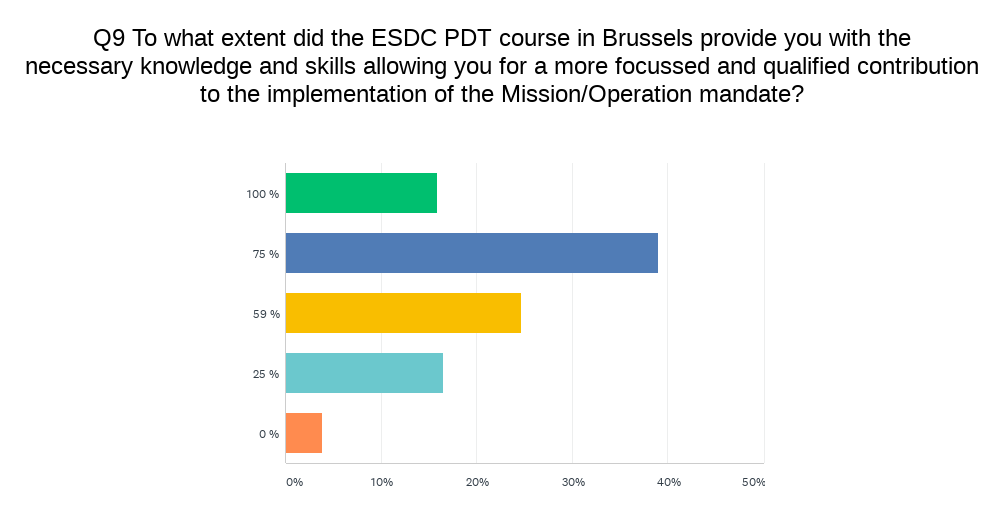 90% recommend the course to future mission staff. 70% consider the course to be at least relevant or even necessary, while an additional 25% think it is essential.
90% recommend the course to future mission staff. 70% consider the course to be at least relevant or even necessary, while an additional 25% think it is essential.
